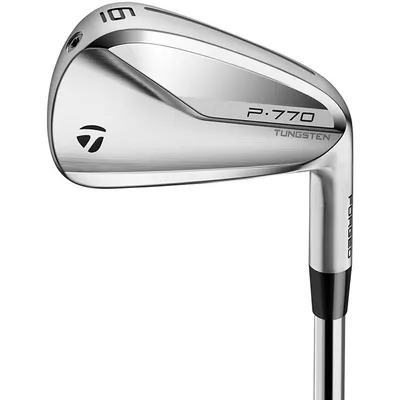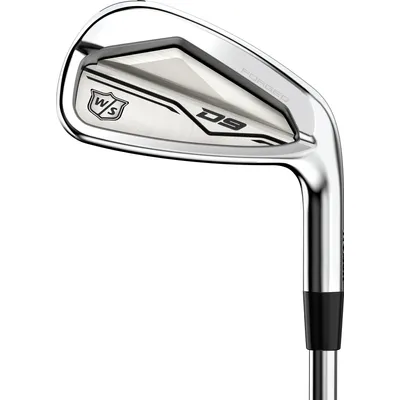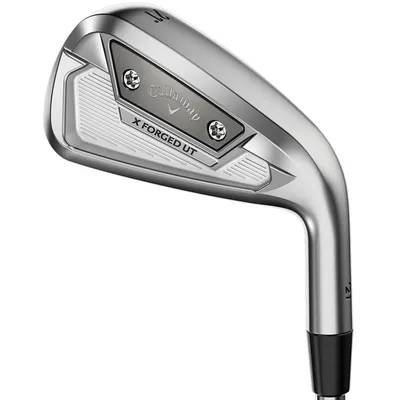What are Forged Irons?
When golfers are hitting great drives off the tee during a round, little is usually said. When golfers are
sinking putts all day, mum’s the word. But when a
golfer is hitting his or her irons with precision during a game, everyone tends to hear about it.
Have you ever heard a player say, “I was really hitting the irons great today!” after a round of golf? The
reason that many golfers feel the need to boast about this particular portion of the game is because irons can
sometimes be rather tricky clubs to play with consistent success.
The varying results that many golfers have with their set of irons can be for a number of reasons. Sometimes
the simple change of length between trying to swing a 3-iron during a second stroke to a shorter 9-iron
on the approach to the green can throw a golfer’s swing off just enough to cause problems on the course.
Other challenges may arise out of the diameter of the sweet spot on the irons. Some types of irons have
larger sweet spots that cater to beginning and intermediate golfers, while others are known for a smaller
sweet spot that offer players more distance control.
This is where the significant differences between forged golf irons and cast golf irons come into play. Knowing what each type has to offer can
help you get the most out of your game, so let’s dive deeper into the world of cast and forged golf irons.
Forged Vs. Cast Irons
So what are forged golf clubs, and how are they different from the
cast irons that are so common today? The process of making this particular club used to be much more hands-on
than it is now. During the 19th century and into the 20th, golf irons were made by club makers that would heat
up the metal to the point where the equipment could be formed into the desired shape, much like the method
that ancient Japanese blacksmiths used when making swords. This method is called “forging.” This kind of metal
is known for its strength and durability, and forged golf clubs are no exception. Here are some examples of
current forged irons:
Club Recommendations
As the 20th century rolled on, the manufacturing process became more efficient, allowing golf club makers to
mass-produce new lines of irons through a process known as “casting.” This method allows manufacturers to
create clubs that have a hollow back cavity, with the weight of the iron distributed around the outer edges of
the head. Cast golf irons tend to yield more forgiveness, while also allowing producers to create irons out of
stainless steel, a material that is harder than commonly-used carbon steel.
Which Clubs Are Right for Your Game?
The differences between forged golf clubs and cast golf clubs were rather simple to pick out until recently.
The longstanding viewpoint of forged irons is that they are the irons of choice for professional golfers and low-handicappers that have no problem finding the center of
gravity on their irons and hitting the golf ball
consistently every time.
Cast irons have long been thought to be the best way for a beginner or intermediate player to get the most
out of their clubs by offering more forgiveness across the face, while sacrificing the feel that comes with
the carbon-steel composition of a forged iron.
Today’s market, however, offers many alternatives to the traditional choice of either a forged or cast-iron
set, giving players more options when choosing between irons. Many iron sets available today offer the
forgiveness of cast irons on the longer clubs, while incorporating the solid backs that forged clubs boast on
the shorter irons.
Whether you’re a high-handicapper looking for a merciful cast iron club, a scratch player seeking to take
your game to the next level with a set of forged golf irons, or somewhere in the middle, you’re sure to find
the golf irons on today’s market that are the right fit for you.






